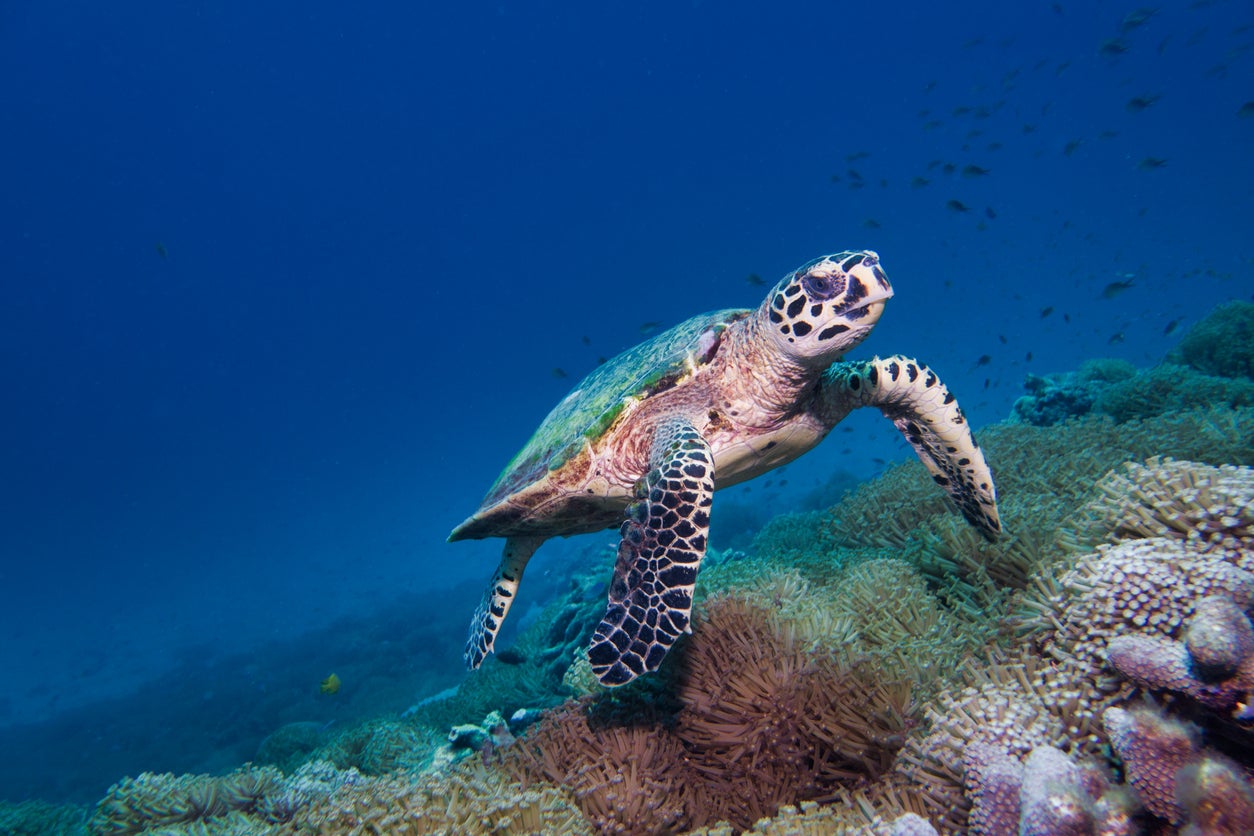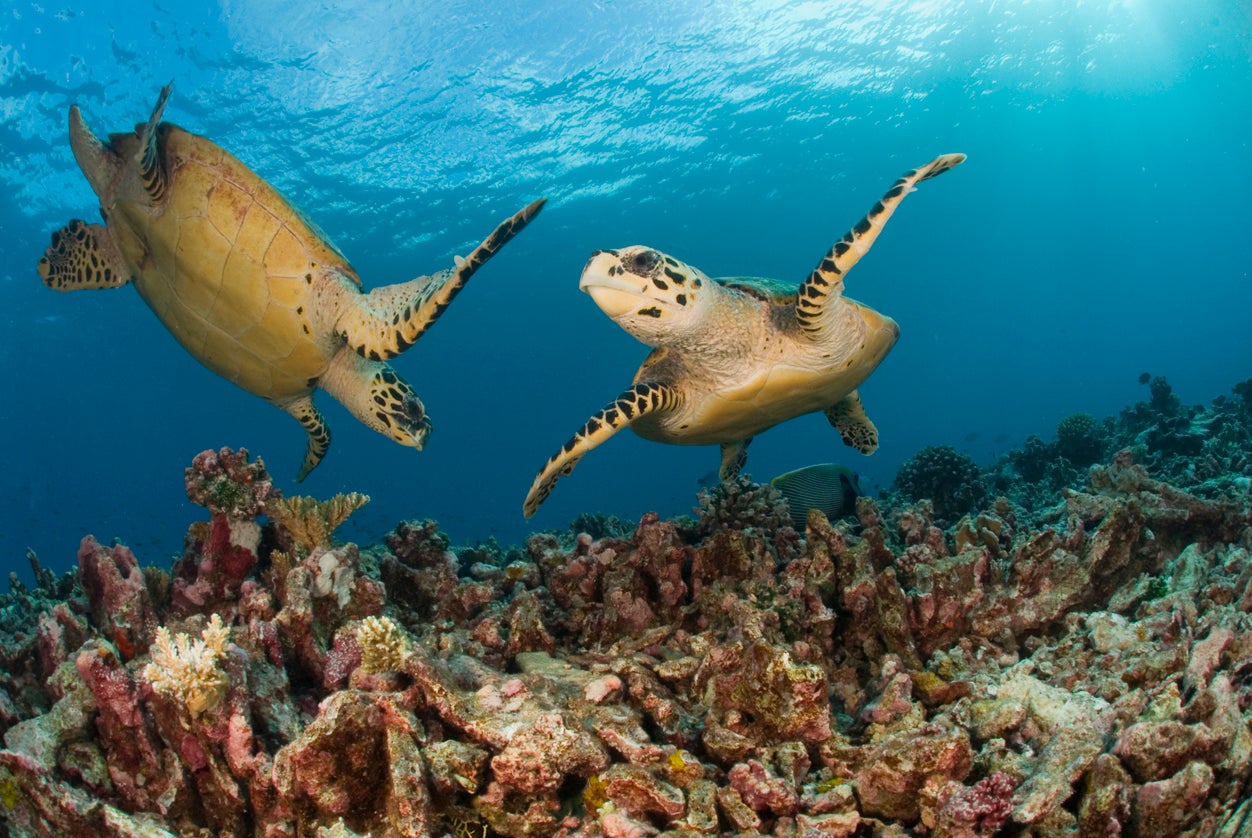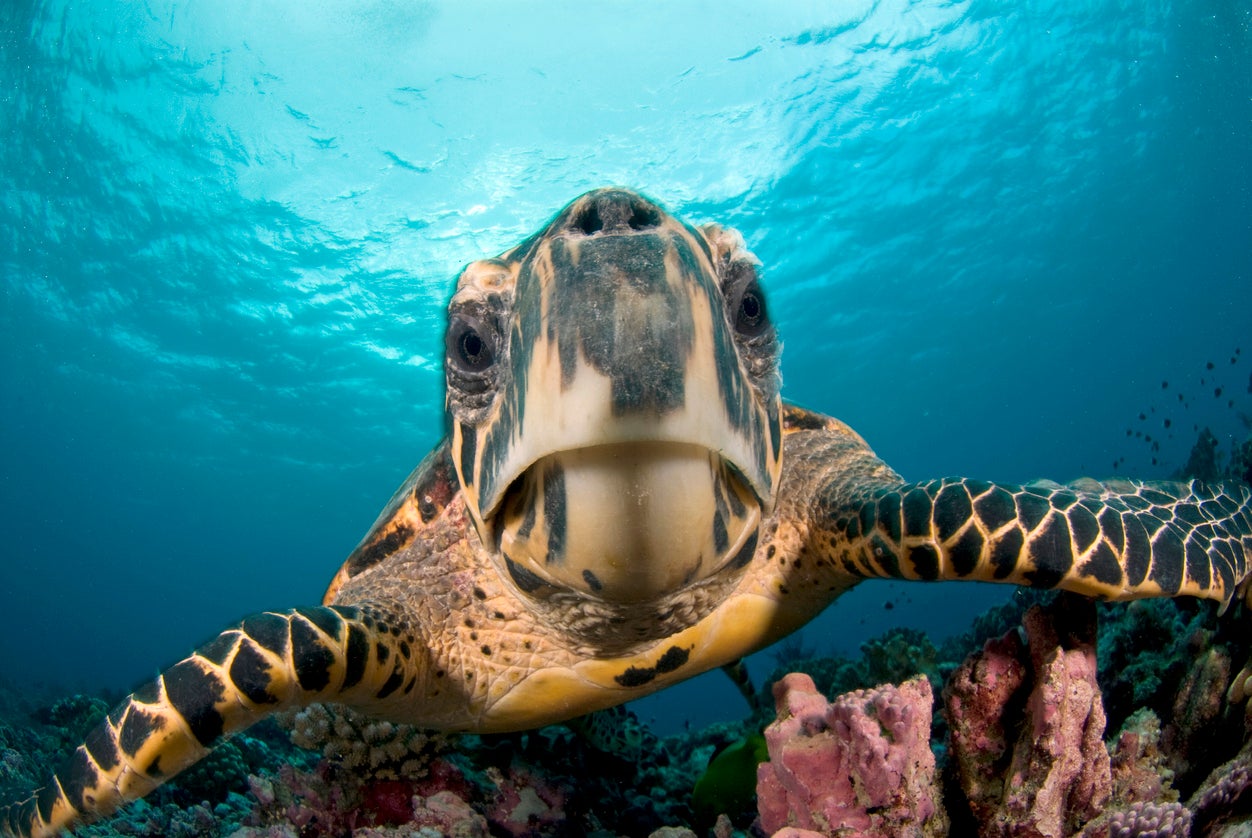Migrating turtles have limited sense of direction, study finds
One turtle scientists tracked swam more than 800 miles to reach an island just 100 miles away

Your support helps us to tell the story
From reproductive rights to climate change to Big Tech, The Independent is on the ground when the story is developing. Whether it's investigating the financials of Elon Musk's pro-Trump PAC or producing our latest documentary, 'The A Word', which shines a light on the American women fighting for reproductive rights, we know how important it is to parse out the facts from the messaging.
At such a critical moment in US history, we need reporters on the ground. Your donation allows us to keep sending journalists to speak to both sides of the story.
The Independent is trusted by Americans across the entire political spectrum. And unlike many other quality news outlets, we choose not to lock Americans out of our reporting and analysis with paywalls. We believe quality journalism should be available to everyone, paid for by those who can afford it.
Your support makes all the difference.Some migrating sea turtles don’t know where they are going, new research suggests, with one of the creatures swimming more than 800 miles to reach an island just 100 miles away.
An international team of scientists tracked the behaviour of 22 hawksbill turtles as they swam across the Indian Ocean.
They found that the turtles often swam via indirect routes and typically travelled twice the distance needed to get to their next location.
The navigation and migration patterns of animals in the ocean have for many years puzzled scientists and biologists, including Charles Darwin.
The report authors said that sea turtles often migrate to different places in order to forage, mate and nest, but the new study suggests that they have a “relatively crude map sense in the open ocean”.

Professor Graeme Hays, chair in marine science at Deakin University and the study’s first author, told The Guardian that the turtles his team observed didn’t eat for prolonged periods of time as a result of their undirected travelling.
Professor Hays said the research suggested that the turtles “almost certainly are using a geomagnetic map” – a map that relies on or relates to the magnetic field of the Earth.
“So, it doesn’t allow pinpoint straight-line migration, but it does tell them when they’re getting a long way off route,” Prof Hays said.

Despite the new study suggesting the turtles’ geomagnetic map may not be reliable enough to target specific locations, the animals will later rely on other means to get to their destination.
“In the final stages, they can smell an island that they’re headed to,” Prof Hays said.
“As they get some sort of visual landmark – for example, the water starts to get a bit shallower and they can see the seabed – then they’ve probably got some sort of cognitive map of that area.
“They could probably just recognise the sea floor, just like you would recognise visual landmarks in the area where you live.”
Hawksbill turtles also face navigational difficulties when the islands or submerged banks they are looking for are small or remote.
The research was published in the Journal of the Royal Society Interface.
Join our commenting forum
Join thought-provoking conversations, follow other Independent readers and see their replies
Comments